BEND BUS SWITCHING MATRIX
This is a method of controlling circuitbent mods that can be found on several of our machines and while it isn't usually quite as versatile as a full patchbay, it can be more immediate and tends to be better for live use. The bend bus matrix tends to be used on machines that use some kind of RAM, either for storage of samples or as a audio buffer for delay, reverb and other FX on digital effects units.
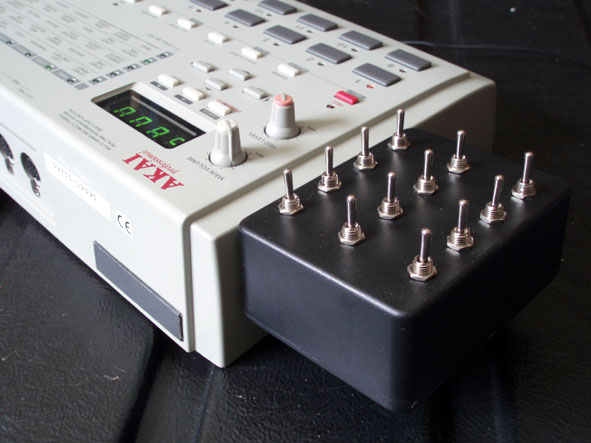
The switches are either two position on/off, or 3 position 'centre off'' versions. With the 'centre off' switches the central position the switch is inactive, but in the upward or downwards position the switch connects one of two bend points to the 'bend bus' as shown in the diagram below. If you then use another switch to connect another bend point to the bend bus these two bend points will interact with each other to create some of the most bizarre and extreme audio mangling effects you'll ever hear.
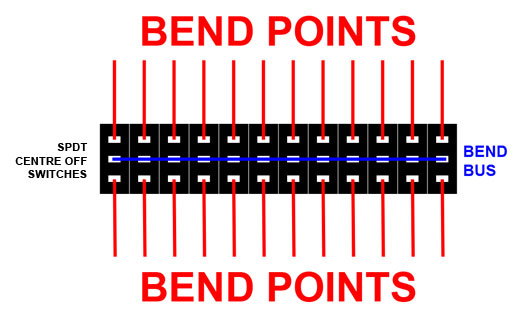
The concept is the same with two position switches, but each switch will only connect a single bend point to the bend bus.
As an example, with 12 'centre off' switches and 24 different bend points as shown above, you have the ability to connect up to 12 different bend sources together via the bend bus at any one time, in thousands of different combinations. Alternatively if there was enough space available we could use 24 two position switches which would allow you to connect 24 bend points to each other via the bend bus simultaneously.
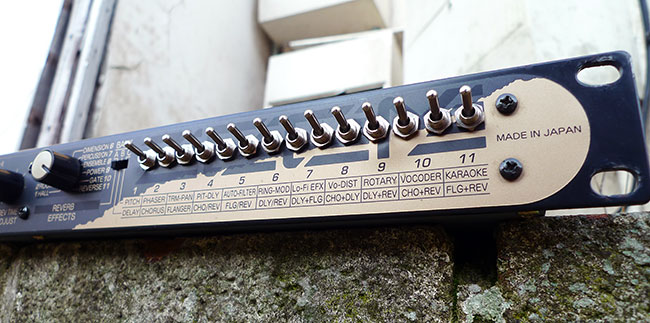
Effects range from what sounds like various kinds of comb filters, pseudo ring modulation, bit crushing, distortion, and what can only be described as audio smearing™. Each switch has a certain effect variation that is usually associated with it, such as a certain frequency of data chopping or distortion intensity, although its effect can be altered depending on which other switches are activated simultaneously. You have to activate more than one switch at a time for any new effect to be applied, but when two or more switches are activated their associated effects will combine to produce something new. When used on an effetcs unit, usually the original signal is not effected, but the effect signal will be, i.e. in a delay setting the original dry signal will pass through the unit unscathed, but the actual delay signal will be mangled beyond recognition.
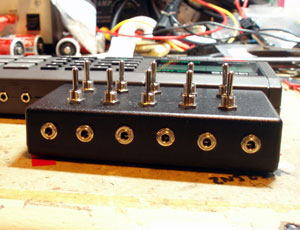 |
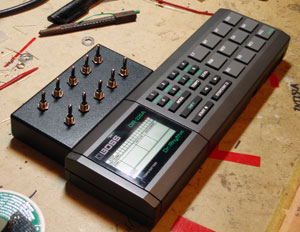 |





